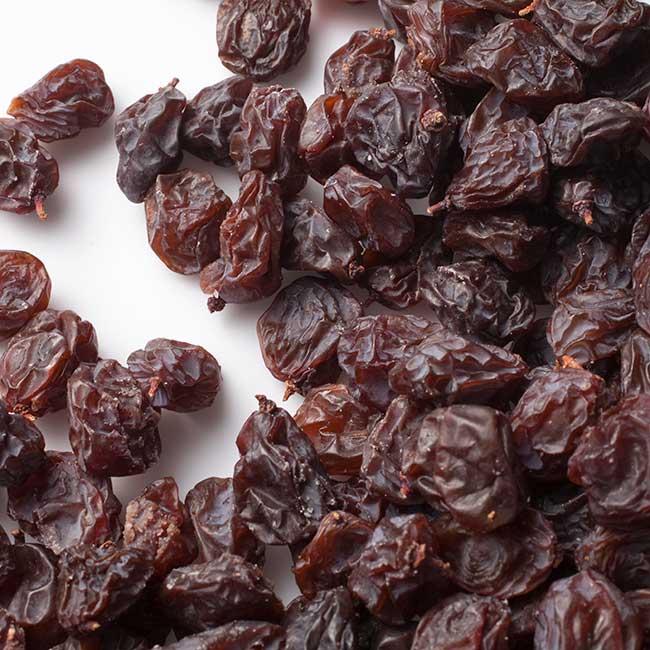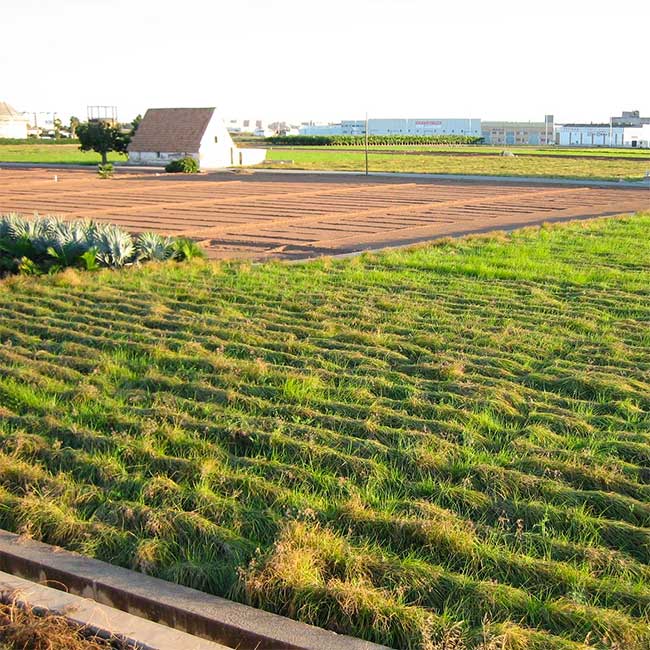.png.transform/rendition-xs/image_image%20(1).png)
Spain’s Globally Important Agricultural Heritage Systems: An Ode to Sustainability
Spain has no shortage of singular sites and landscapes, from the historic walled town of Ávila to the Roman aqueduct in Segovia. But did you know that it’s also home to several Globally Important Agricultural Heritage Systems (GIAHS), declared by the Food and Agriculture Organization of the United Nations?
What are GIAHS?
According to the Food and Agriculture Organization of the United Nations, GIAHS are “outstanding landscapes of aesthetic beauty that combine agricultural diversity, resilient ecosystems and a valuable cultural heritage… They are a living, evolving ecosystem of human communities in an intricate relationship with their territory, cultural or agricultural landscape, or wider social environment.”
These systems often suffer from issues like climate change and migration, which can lead to the disappearance of traditional farming techniques and native species. It’s vital to find ways to preserve these unique systems that have played an essential role in paving the way for today’s agricultural innovation and technology. Spain is home to four GIAHS: Valle Salado, in the Basque Country; the raisin route in La Axarquía, Málaga; the ancient olive groves in Sénia, Tarragona; and the L’Horta irrigation system in Valencia.
An ingenious salt production system
Valle Salado (Salt Valley) is located in the town of Salinas de Añana, in the Basque Country’s Álava province. This valley is home to a unique salt bubble that originated from a sea that has long since disappeared. Two small rivers connect in its center, and as fresh water moves into the bubble, salt water springs appear. The water travels through a unique system of wooden canals to the salt pans and wells, eventually evaporating to produce salt.
There were originally well over 5,000 dry stone, clay and wood evaporation terraces used to harvest salt. Research shows that salt has been produced continuously in these salt flats for more than 6,500 years, although the salt didn’t come to be bought or sold until around the Middle Ages. Unfortunately, around the 1960s, people left the valley and production declined considerably and by 1995, just 500 terraces were functional.
Efforts are underway by several institutions to protect the landscape and reinstate the ancient salt extraction techniques and to incorporate changes that will preserve the local community’s livelihood. Thanks to strong sales of salt to the tourists who visit the area, this project is considered “an example of economically sustainable heritage recovery,” as it has become financially self-sufficient, in part. Moreover, activity there is attracting workers and employment is on the rise.
Centuries-old raisin cultivation techniques

Not everyone knows about the centuries-old production of raisins in La Axarquía, Málaga. This area boasts the perfect climate and soil for sweet Muscat grapes, which are then turned into raisins as well as muscatel wine. The roughly 62-kilometer “Raisin Route” includes the Totalán, Comares, El Borge, Moclinejo, Almáchar and Cútar municipalities, with more than 3,000 hectares of planted vineyards and paseros, or beds where the handpicked grapes are laid out to be dried by the sun.
Despite production of these raisins extending over several centuries and civilizations, the locals have been able to preserve cultivation techniques dating back to Phonecian times. Although there was a period of decline, today there is increased interest in reviving this important agricultural system and many local farmers are dedicated to maintaining these centuries-old traditions.
The grapes are grown in very mountainous areas and on steep slopes, and there was no alternative crop suitable for this type of terrain. As a result, the grapes and raisins are an integral part of the local economy. Today it’s important to maintain the original system to grow and dry grapes if the landscape is to be maintained, as it helps prevent erosion and desertification.
Millenary olive trees in Tarragona
The third GIAHS in Spain is the ancient olive trees in Sénia, Tarragona. These trees are 5,000 years old and yield a variety of traditional olive oil varieties: Morruda, Sevillenca, Farga and Empeltre, to name a few. The first three are seldom found elsewhere and are used to create high quality oils, and those varieties need to be protected in particular.
The trees are “a unique, natural, historic and cultural heritage which is delicate at the same time,” according to European Heritage Days, with the result that they must be constantly protected. Efforts are underway between the public and private sectors to further develop olive oil tourism involving the ancient trees, to increase awareness among the local community as well as farmers, to enhance synergies with local businesses and gastronomy, and to create a quality seal for those brands that sell oil made from olives from the ancient trees.
A sustainable irrigation system for crops

The fourth GIAHS in Spain is L’Horta in Valencia, an outstanding example of sustainable irrigation which extends over 28 square kilometers and more than 12 municipalities. L’Horta comprises 6,000 small agricultural holdings which are irrigated by the Turia River using a complex system that relies on gravity. It was designed in the 8th century and the original ditches and hydraulic spaces have been preserved so carefully that they still function today.
This farming and fishing site is home not only to rare and endangered plants, birds and fish but also to many crops at risk of extinction in the area. Around 80% of the land is used to grow fruits, and citrus fruits have their own Geographical Indication, while 4,000 hectares are dedicated to vegetables like pumpkins, onions and lettuce.
Making the FAO’s list
It’s an honor and a privilege for these singular sites in Spain to be included on the FAO’s global agricultural heritage list, but it comes with great responsibility. Spain must set an example in preserving and maintaining its ancient agricultural systems as they reflect the country’s history, development, resourcefulness and capacity to innovate.
Text: Samara Kamenecka /@ICEX.

